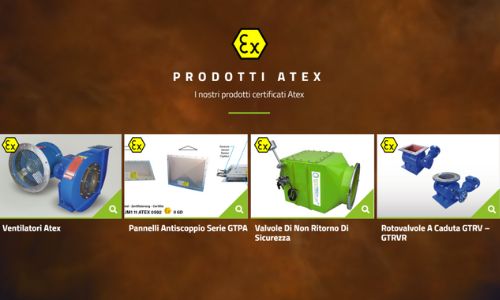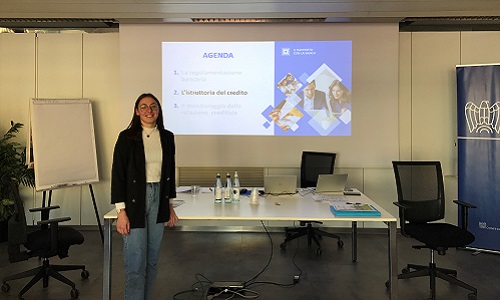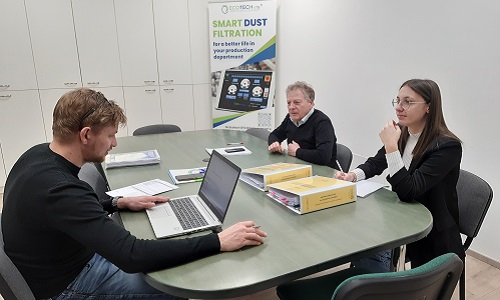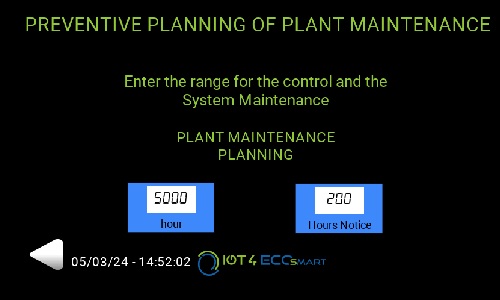
ATEX DIRECTIVE 2014/34 / EU
Without foundations, there can be no fashion.
ATEX not only affects potentially explosive gaseous environments, dust is equally dangerous so we have integrated our approvals ATEX existing for gaseous atmospheres with approvals for areas in the presence of dust.
La ATEX directive, which entered into force on July 1, 2003, involved all sectors of the industry on the dangers of potentially explosive atmospheres. The IECEx international certification scheme is a global certification scheme based on the standards of the International Electrotechnical Commission and offers certification of conformity to the IEC 60079, 61241 and 61779 series. This certification facilitates international trade in electrical equipment intended for use in explosive atmospheres and helps to avoid the multiplicity of national certifications while ensuring an adapted level of safety. The certification is issued by an organization recognized by IECEx and all certificates are available on the IECEx website. ATEX and IECEx are more than welcome for the attention they provide on industrial dust as a potential source of explosion. Almost all types of industrial dust can be considered potentially explosive, so it is not surprising that the technical assessment procedure of the safety measures used to avoid the risks of dust explosions are both complex and extensive. To describe the risk of explosion caused by dust, it is necessary to describe a number of factors. These include particle size, explosion limits, maximum explosion pressure, destructive power of combustion, moisture content and minimum ignition energy required. Once the powder has been characterized, it is necessary to carry out an examination of the industrial processes involved. This takes into account possible ignition sources, explosive volumes, operating temperatures and an assessment of the possibility of a dust explosion under certain conditions. Useful for engineers involved in safety assessments of dust-laden atmospheres, ATEX simplifies explosion protection with a three-zone concept.
La 2 zone0 or category 1D, the most critical of the three, is an area in which an explosive atmosphere in the form of a cloud of combustible dust in the air is present continuously, or for long periods, or frequently. Typically, these conditions should be within closed containers or pipelines and transport equipment.
La 21 zone or category 2D, is a place where an explosive atmosphere in the form of a cloud of combustible dust in the air is likely to occur during normal operation, such as when unloading and filling equipment.
La 22 zone or category 3D, is a place where an explosive atmosphere in the form of a cloud of combustible dust in the air is not likely to occur during normal operation but, if it does occur, it will only persist for a short time. Areas where dust escapes and forms deposits are included in this category. Whatever the area, one of the biggest risks when it comes to preventing dust explosions is casings.
The directive ATEX defines the type of protection provided by the enclosures, based on limiting the maximum surface temperature of the enclosure and the use of dust and dust tight enclosures to prevent the ingress of dust.
The legislation covers two degrees of protection: dust-tight, for the use of equipment inside Zones 20, 21 and even 22 in the presence of conductive dust; and protected from dust, for the use of equipment in areas of zone 22 in the presence of non-conductive dust.
The scope of the directive ATEX on the housings is complete, extending to the electric actuators used on the individual types of valves. This is important due to the increasing use of solenoid valves in dust collection systems which reduce industrial pollution.
In full compliance with the law, our corporate values and thanks to our experience gained in over 40 years of activity in the sector, Ecotech GTS offers its customers a complete range of certified products Atex such as safety, control, regulation and components devices.




